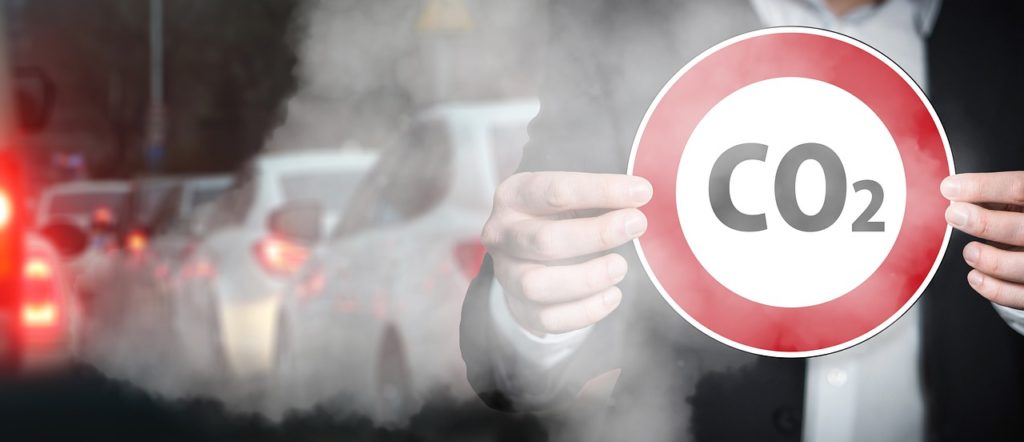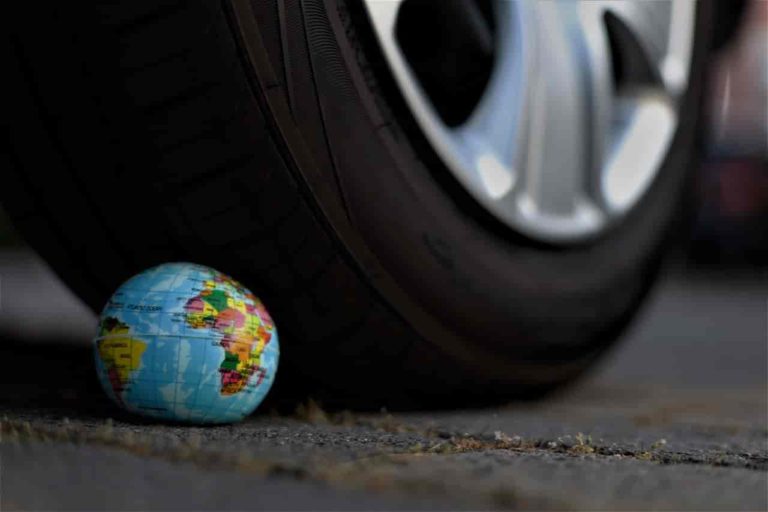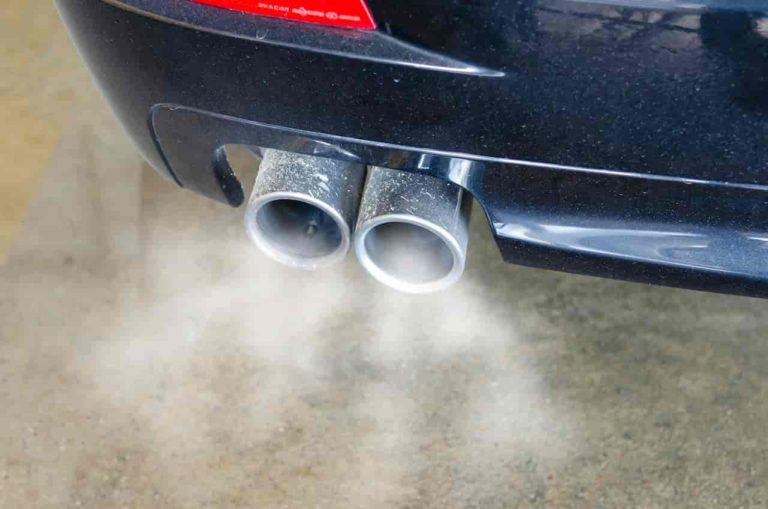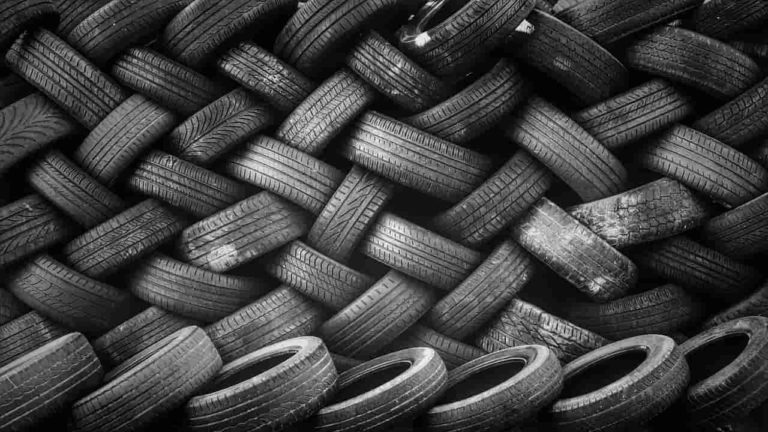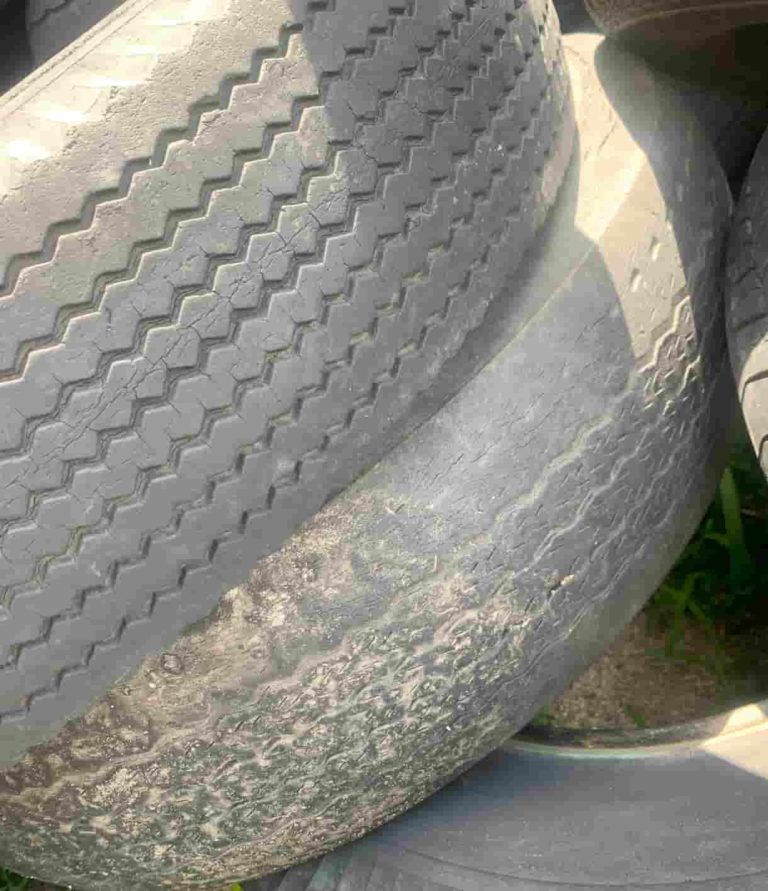Introduction
Why Tire Pressure Matters
Many drivers may not realize that proper tire pressure is critically important for both their own safety and the environment. When a tire is underinflated, it can result in decreased fuel efficiency, increased emissions, and even tire failure.
According to the National Highway Traffic Safety Administration (NHTSA), about 1 in 4 cars on the road has at least one tire that is significantly underinflated. This not only puts drivers at risk of accidents but also has a real impact on the environment.
The Environmental Impact of Tires
Tires play a significant role in environmental issues, particularly in terms of waste reduction and air pollution. Every year millions of tires are disposed of improperly, which causes them to take up space and potentially release harmful substances into the environment. In addition to this, vehicles with low tire pressure consume more fuel than necessary, which results in increased greenhouse gas emissions and contributes to climate change.
It’s essential to understand the environmental impact of tires as well as how proper maintenance can help reduce this impact. By keeping tires inflated to their recommended pressures, not only can drivers save on fuel costs but they can also contribute to a cleaner planet by reducing greenhouse gas emissions.
The Importance of Proper Tire Maintenance
Tire maintenance is critical for both driver safety and environmental protection. Properly inflated tires ensure better vehicle handling and reduced chances of accidents while also decreasing the amount of harmful emissions released into the atmosphere due to reduced fuel consumption.
In addition to ensuring that the air pressure is within recommended limits, it’s also crucial for drivers to properly dispose or recycle used tires. Otherwise, they end up in landfills or illegally dumped areas where they could release toxic fumes or chemicals into soil or waterways. Overall, maintaining proper tire pressure not only benefits our personal driving experience but also goes a long way in reducing the environmental impact of tires, promoting sustainability and a cleaner earth.
The Effects of Low Tire Pressure on the Environment
Increased Fuel Consumption and Emissions: The Environmental Impact
Underinflated tires can significantly impact fuel consumption and emissions, leading to negative environmental effects. When tire pressure is low, more energy is required to move the vehicle due to increased rolling resistance. This means that the engine has to work harder, consuming more fuel and emitting higher levels of pollutants into the air.
According to a study by the US Department of Energy, under-inflated tires can increase fuel consumption by up to 3%, resulting in billions of gallons of wasted fuel each year. The increased emissions caused by low tire pressure also contributes to climate change and air pollution.
Nitrogen oxides (NOx) and carbon monoxide (CO) are among the most harmful pollutants emitted from vehicles. These pollutants can cause respiratory problems, aggravate asthma, and even lead to premature death.
Increased Wear and Tear on Tires: The Environmental Impact
In addition to increased fuel consumption and emissions, low tire pressure can also cause increased wear and tear on tires. When tires are under-inflated, they tend to flex more as they rotate, which causes heat buildup that can eventually lead to tire failure.
This means that tires with low pressure need replacing more frequently than properly inflated ones. The disposal of discarded tires is a significant environmental problem because they do not decompose easily or quickly in landfills.
According to the Environmental Protection Agency (EPA), discarded tires comprise approximately 2% of municipal solid waste in landfills. Statistics show that improper tire inflation leads directly or indirectly to nearly 200 million discarded tyres annually across Europe alone which presents an intensified landfill challenge for Governments worldwide.
The Benefits of Proper Tire Pressure for the Environment
Reduced Fuel Consumption and Emissions
Proper tire pressure is essential in reducing fuel consumption and emissions. It is estimated that underinflated tires cause a loss of 1-2% in fuel efficiency for every psi drop below the recommended tire pressure.
This translates to an increase in CO2 emissions, as well as other harmful pollutants, such as nitrogen oxide (NOx) and particulate matter (PM). In addition, increased fuel consumption leads to higher operational costs for vehicle owners.
Properly inflated tires, in contrast, reduce rolling resistance and drag, leading to a decrease in fuel consumption and therefore less pollution. According to studies by the US Department of Energy’s Office of Energy Efficiency and Renewable Energy (EERE), maintaining proper tire inflation can save up to 11 cents per gallon on fuel costs.
By keeping tires properly inflated, drivers can reduce their carbon footprint dramatically. In fact, it is estimated that if all US drivers kept their tires properly inflated at all times, it would be equivalent to taking 1 million cars off the road each year.
Extended Tire Life Span
In addition to improving fuel efficiency and reducing emissions, proper tire pressure also extends the lifespan of your tires. Underinflated tires cause uneven wear on tread patterns which leads to premature wear-out or failure of tires resulting in more discarded waste from used or damaged ones.
Poorly maintained tires tend to suffer from damage such as cracks and dry rot due to heat buildup from overloading or prolonged use under low-pressure conditions. Properly inflated tires provide necessary cushioning that preserves structural integrity by evenly distributing weight across each tire’s surface area.
The result is extended life span which reduces waste generated from disposing of damaged or worn out tires drastically. Ensuring proper inflation pressure reduces rolling resistance leading to even distribution of force across the tire surface.
Proper inflation pressure leads to even wear of the tire’s tread, extending its lifespan. In addition, properly inflated tires also minimize the risk of a tire blowout, which can be dangerous for drivers and passengers.
Conclusion
Maintaining proper tire pressure is essential for both improving fuel efficiency and extending the lifespan of tires. Properly inflated tires are not only beneficial to reducing carbon footprint but also help reduce operational costs by saving on fuel consumption while reducing waste from disposed of tires.
It is important that drivers regularly monitor their tire pressures, especially before long trips or during seasonal changes in temperature that may affect air pressure. Investing in a reliable tire pressure gauge is one way to ensure that your tires are always properly inflated, and you’re doing your part to help protect our environment for future generations.
How to Maintain Proper Tire Pressure
Regularly Check Your Tires' Air Pressure
Maintaining proper tire pressure is crucial for reducing the impact of tires on the environment. The first step to ensuring you have proper tire pressure is to regularly check your tires’ air pressure.
You can check your tire pressure using a tire gauge. We recommend that you check your tire pressure at least once a month.
How to Check and Adjust Your Tire Pressure
Make sure the tires are cold. If your vehicle has been driven, wait at least three hours before checking the tire pressure.
Remove the valve cap from the tire.
Press the tip of the tire pressure gauge onto the valve and read the pressure.
If the tire pressure is below the recommended level, fill the tire with air until the recommended pressure is reached. If the tire pressure is above the recommended level, release air until it reaches the recommended pressure. (Press the metal stem in the center of the tire valve. You can use any object like a screwdriver to do this. Be gentle.)
After adjusting the tire pressure, don’t forget to put the valve caps back on. This will prevent leaks and keep dirt and moisture out of the valve stem.
Repeat this process for each tire, including the spare if applicable.
Conclusion
Maintaining proper tire pressure should be a priority for every driver concerned about their environmental impact and cost savings. Regularly checking your tire’s air pressure not only contributes significantly towards reducing pollution but also helps extend a tire’s lifespan leading to fewer discarded old ones ending up at landfills or other disposal sites. By taking these steps towards responsible driving practices, we can all help preserve our planet for future generations while enjoying cost-saving benefits ourselves.
